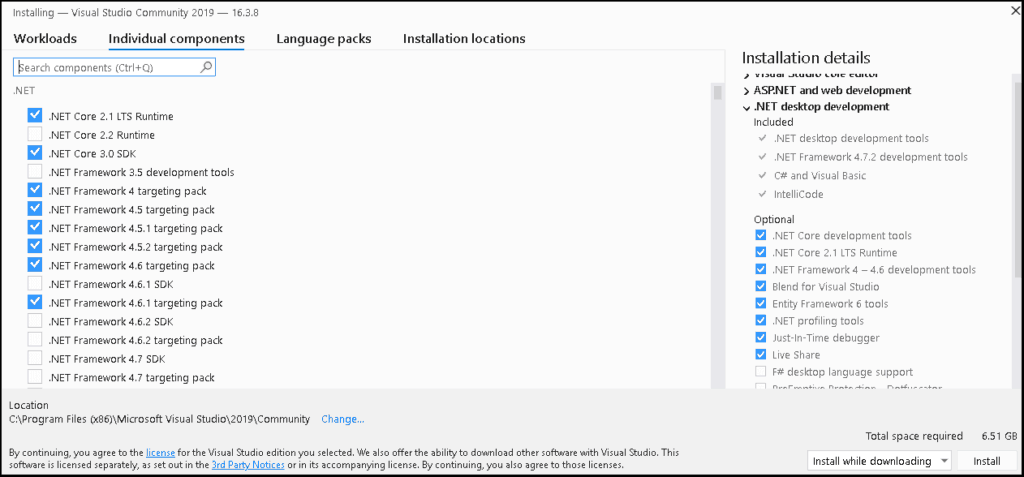

rospack doesn't work on Windows (yet), so you will need to disable these calls and instead configure your Python path manually. Rospy uses the rospack library to dynamically generate the appropriate PYTHONPATH. You can then copy the src/package_name/srv from these packages onto your Windows machine.

In order to figure out which packages have services, you can run: You can then copy the src/package_name/msg from these packages onto your Windows machine. In order to figure out which packages have messages, you can run: The easiest way to do this is to compile your packages on a non-Windows setup, then copy these files over. You will need the auto-generated Python files for the messages and services you plan to use. ROS: in particular, you will be using the rospy and roslib packagesĬopying generated message and service files There are some extra things you will have to do that, while cumbersome, will get you off the ground. Higher-level tools, like roslaunch, are not expected to work on Windows, though they can be ported. This will enable you to run Python-based ROS nodes. If you have Python code on Windows you wish to interface with ROS, you can use the rospy client library.


 0 kommentar(er)
0 kommentar(er)
